20 Fun STEM Activities for Primary School Students
STEM activities for primary schools are crucial in nurturing early interest and proficiency in science, technology, engineering, and mathematics among young learners. By incorporating hands-on and engaging STEM projects into the curriculum, educators can offer practical experiences that boost critical thinking, problem-solving, and collaboration skills.
This comprehensive guide outlines 20 fun and engaging STEM activities designed specifically for primary school students, highlighting their educational benefits and the importance of interactive learning to nurture future innovators.
Before we begin, let’s define STEM activities. STEM activities encompass a range of educational experiences that integrate the disciplines of science, technology, engineering, and mathematics. These activities are designed to be hands-on and interactive, encouraging students to apply theoretical knowledge to real-world problems through experiments, projects, and collaborative tasks.
20 Engaging STEM Activities for Primary Students
STEM activities for primary schools provide young learners with invaluable experiences that stimulate their interest in science, technology, engineering, and mathematics. Here are 20 activities designed to be both educational and entertaining, fostering a lifelong love for STEM subjects.
1. Create Headline Figures
Students can create visual and engaging infographics to communicate complex information about the Eurotunnel. Making headline figures helps students develop skills in data organization and presentation.
- Materials: Paper, pens, post-it notes, rulers, internet/laptop/tablet.
- Activity Instructions:
- Step 1: Research the Eurotunnel using the provided resources.
- Step 2: Identify key facts and statistics.
- Step 3: Design an infographic that communicates these details.
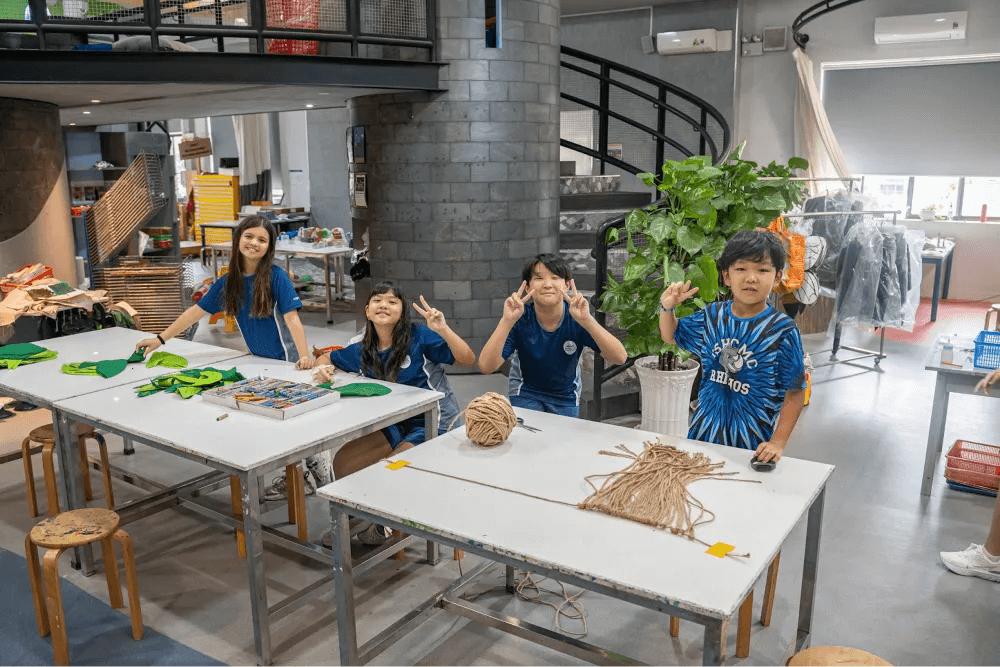
2. Play Tracks and Tunnels Game
Design, create, and play a board game that simulates the challenges and achievements of building and operating the Channel Tunnel. Track and tunnel playing encourages problem-solving and teamwork.
- Materials: Large and small paper, pens, post-it notes, rulers, small objects as playing pieces, internet/laptop/tablet.
- Activity Instructions:
- Step 1: Research the history and facts of the Channel Tunnel.
- Step 2: Create a board game layout incorporating these elements.
- Step 3: Develop game rules and objectives.
- Step 4: Play the game and discuss the real-world challenges faced during the tunnel’s construction.
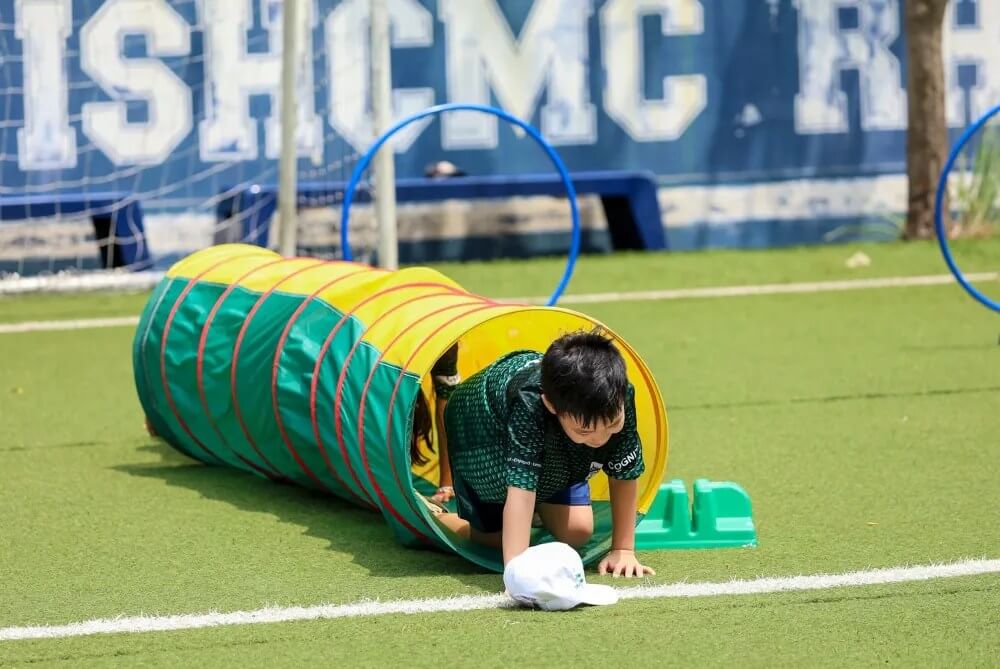
3. Build Resilient Rovers
Task students with designing a space rover capable of navigating the Moon’s surface, which combines creativity, engineering, and teamwork.
- Materials: Paper, pens, post-it notes, rulers, internet/laptop/tablet.
- Activity Instructions:
- Step 1: Research lunar conditions and challenges for rovers.
- Step 2: Design a rover using the available materials.
- Step 3: Present the design and explain how it addresses the challenges.
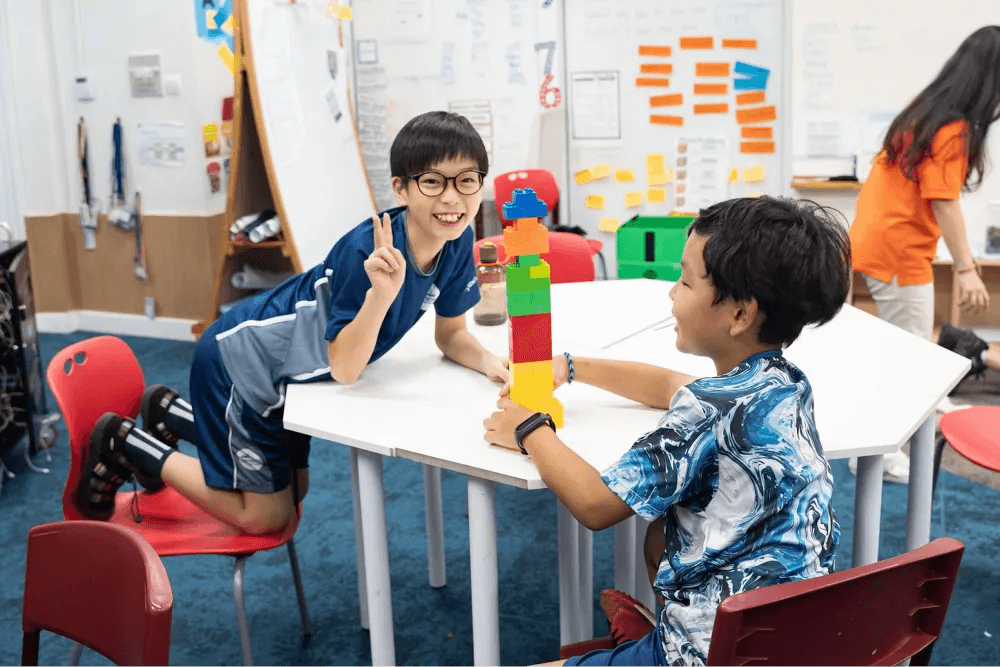
4. Make Objects Fly
Explore the principles of aerodynamics by designing, making, and testing paper airplanes and helicopters. These hands-on STEM activities for primary schools illustrate air pressure and movement concepts.
- Materials: Stopwatch, paper, drinking straw, sticky tape, scissors, paper clip.
- Activity Instructions:
- Step 1: Create different paper airplane designs.
- Step 2: Test their flight using a stopwatch.
- Step 3: Analyze which designs fly best and why.
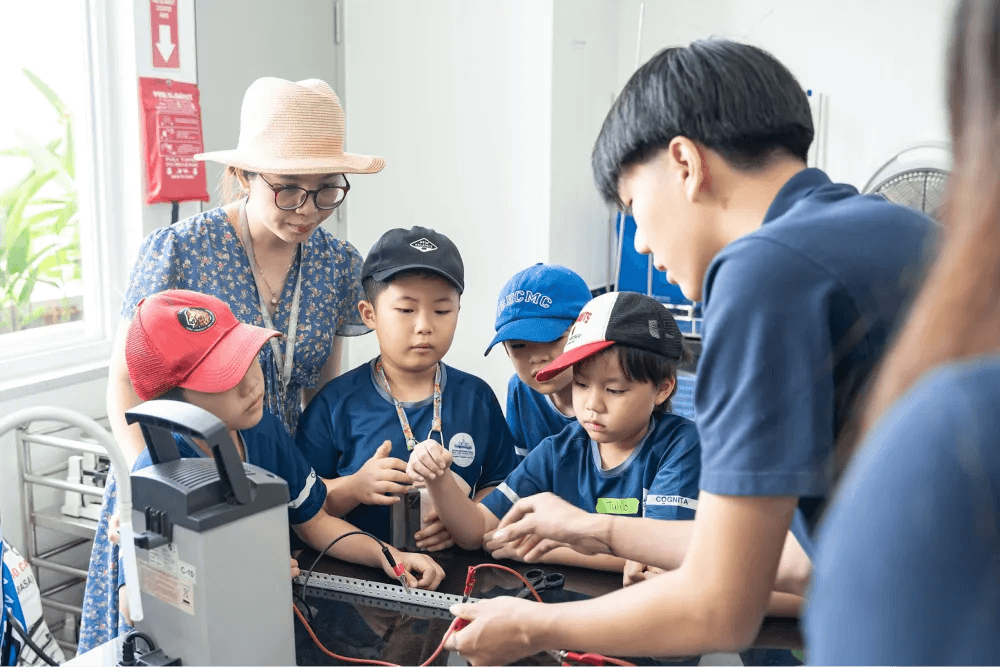
5. Investigate Sneeze Zone
Learn about the spread of microbes and their potential to infect people by simulating the distance and impact of a sneeze with a spray bottle. The investigation promotes public health awareness.
- Materials: Tape measure, spray bottle with water, flip chart paper, sticky tape, gloves, sugar paper, scissors, colored pens, and tissues.
- Activity Instructions:
- Step 1: Use the spray bottle to simulate a sneeze.
- Step 2: Measure and record the distance covered.
- Step 3: Discuss ways to prevent the spread of germs.
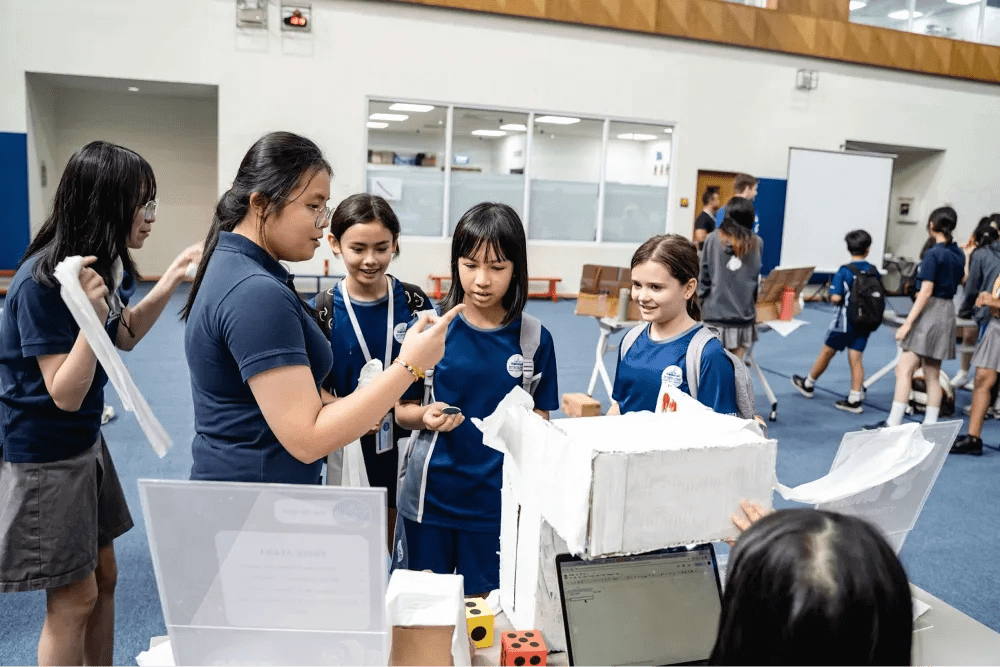
6. Explore Highlands and Lowlands
Use light sources and plasticine to model the Moon’s surface. Explore how mountains create shadows, combining elements of astronomy and geography.
- Materials: Torch or lamp, rulers, paper, plasticine or blu-tack.
- Activity Instructions:
- Step 1: Create lunar surface models with plasticine.
- Step 2: Use a torch to simulate sunlight and observe shadow formation.
- Step 3: Discuss the significance of these shadows for lunar exploration.
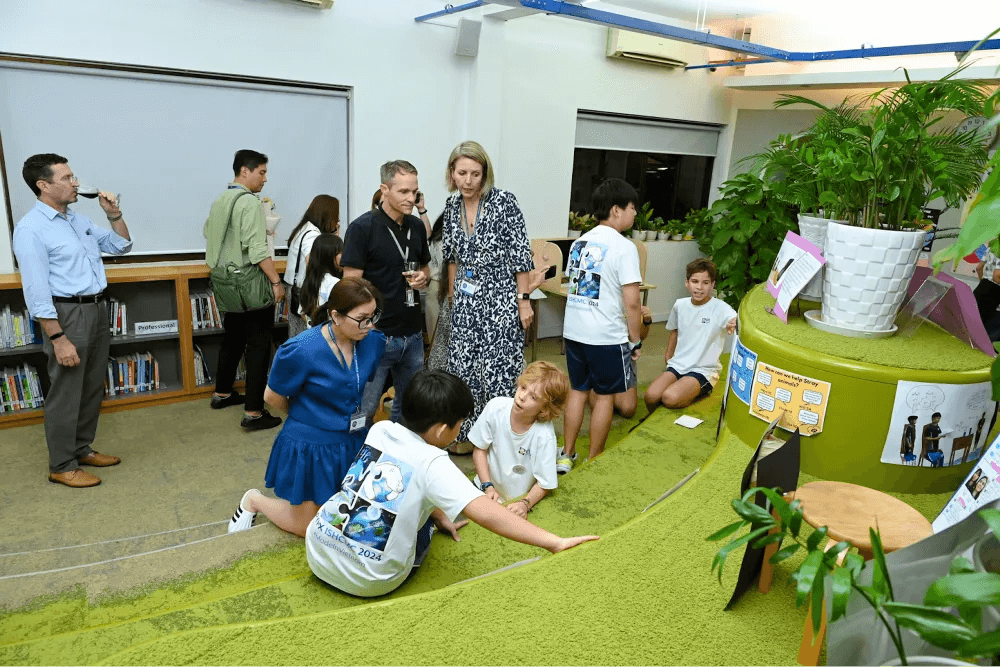
7. Take a Nature Walk
Explore, observe, and document the natural world using all senses, and use the findings to write poems, encouraging scientific inquiry and creativity.
- Materials: Nature walk evidence sheet, clipboard or notebook, pens, bags for leaves and findings, magnifying glasses, digging tools, paper, crayons, camera, binoculars, and nature journals.
- Activity Instructions:
- Step 1: Take a walk in a natural setting, observing and documenting sights, smells, and sounds.
- Step 2: Create nature journals with drawings and notes.
- Step 3: Write poems based on observations.
- Step 4: Create binoculars using tape, toilet paper rolls, and string for focused observation.
- Step 5: Conduct a nature scavenger hunt to discover specific natural elements.
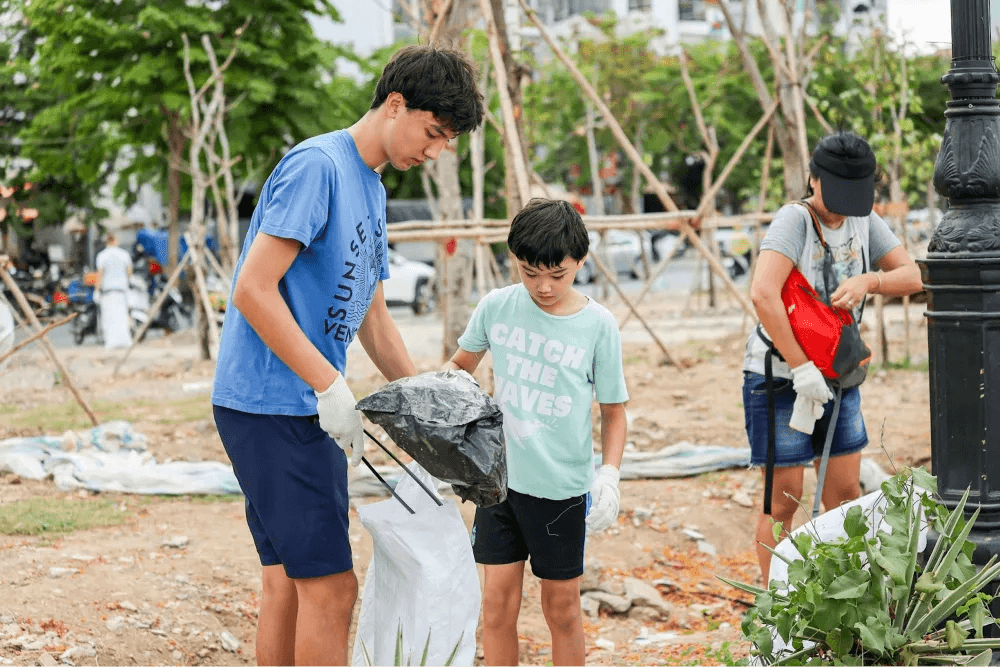
8. Complete Egg Drop Challenge
In the egg drop challenge, students design a container to protect a raw egg from breaking when dropped from a designated height. These STEM activities for primary schools encourage problem-solving and resilience in the face of failure.
- Materials: Various materials for constructing containers, and raw eggs.
- Activity Instructions:
- Step 1: Define the challenge: design a container to protect the egg.
- Step 2: Brainstorm ideas and create a design plan.
- Step 3: Construct the container using the provided materials.
- Step 4: Test the container by dropping it from a designated height.
- Step 5: Evaluate results and iterate designs based on test outcomes.
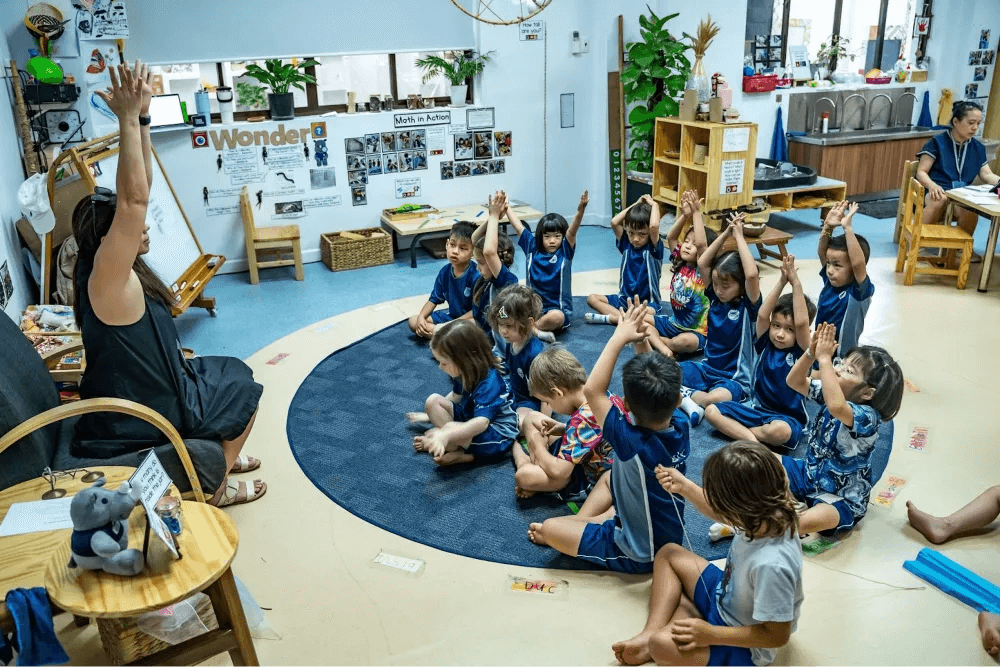
9. Replicate World-Famous Architecture
Introduce STEM concepts through block play by replicating iconic architectural structures worldwide, enhancing the understanding of shape, balance, and structural engineering.
- Materials: Blocks, color photographs of architectural landmarks.
- Activity Instructions:
- Step 1: Display photographs of famous structures like the Eiffel Tower and the Taj Mahal.
- Step 2: Encourage students to recreate these structures using blocks.
- Step 3: Discuss engineering challenges faced by architects.
- Step 4: Explore concepts of proportion, symmetry, and stability.
- Step 5: Foster creativity and problem-solving skills through hands-on building.

10. Play with Stuffies
Promote STEM learning through imaginative play with stuffed animals. Students tackle engineering challenges related to caring for their stuffies, integrating creativity with practical problem-solving.
- Challenges:
- Design a bed for a stuffie spending the night at school.
- Create a safe descent for a stuffie stuck on a high shelf.
- Invent a solution for a stuffie bothered by another’s snoring.
- Materials: Kid Spark materials or classroom supplies.
- Activity Instructions:
- Step 1: Introduce each challenge and brainstorm solutions.
- Step 2: Allow time for planning, building, and testing designs.
- Step 3: Encourage reflection on design effectiveness and improvements.
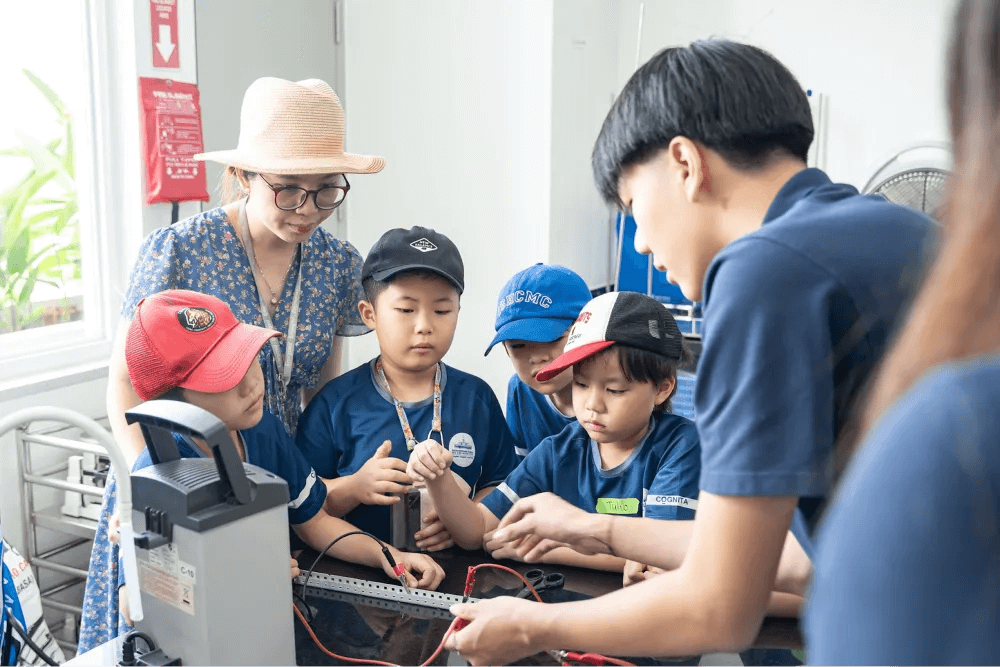
11. Design Own STEM Challenges
Empower students to initiate and complete their STEM challenges, fostering autonomy and creativity while reinforcing the engineering design process.
- Activity Instructions:
- Step 1: Guide students to identify a real-life problem of interest.
- Step 2: Lead them through the engineering design process:
- Research and brainstorm solutions.
- Plan, prototype, and test their ideas.
- Iterate based on test results and feedback.
- Step 3: Showcase student inventions in an “Invention Museum” for peer and parent engagement.

12. Make Crystal Sun Catchers
Combine science and art by growing salt crystals and transforming them into colorful sun catchers, exploring crystallization and geometric patterns.
- Materials: Salt, water, string, food coloring (optional).
- Activity Instructions:
- Step 1: Create a supersaturated salt solution.
- Step 2: Dip strings into the solution and suspend them to allow crystals to form.
- Step 3: Optionally, add food coloring to enhance visual appeal.
- Step 4: Discuss crystal growth and the science behind supersaturation.
- Step 5: Hang finished crystals in a sunny window to catch and refract sunlight.
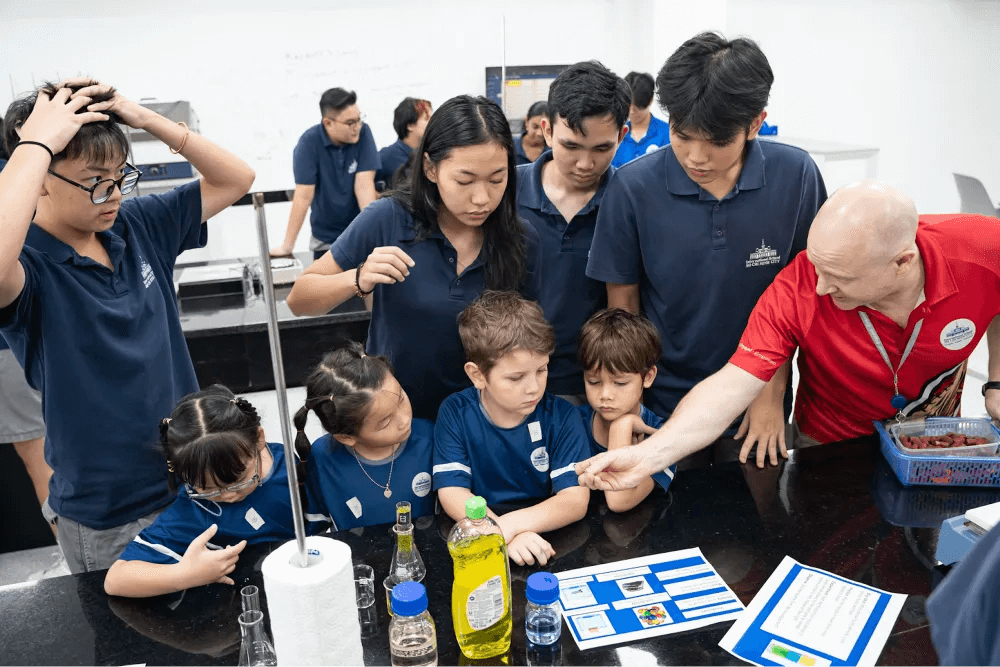
13. Simulate an Oil Spill Cleanup
Illustrate environmental science and engineering challenges by simulating an oil spill cleanup, prompting students to develop solutions to mitigate environmental impact.
- Materials: A large container, water, cooking oil, feathers, and cleaning materials (sponges, paper towels).
- Activity Instructions:
- Step 1: Mix water and oil in a container and add feathers to simulate an oil spill.
- Step 2: Provide cleaning materials and challenge students to remove oil without too much water.
- Step 3: Discuss the environmental consequences of oil spills and cleanup efforts.
- Step 4: Explore the effectiveness of different cleanup methods.
- Step 5: Emphasize environmental stewardship and responsible engineering practices.
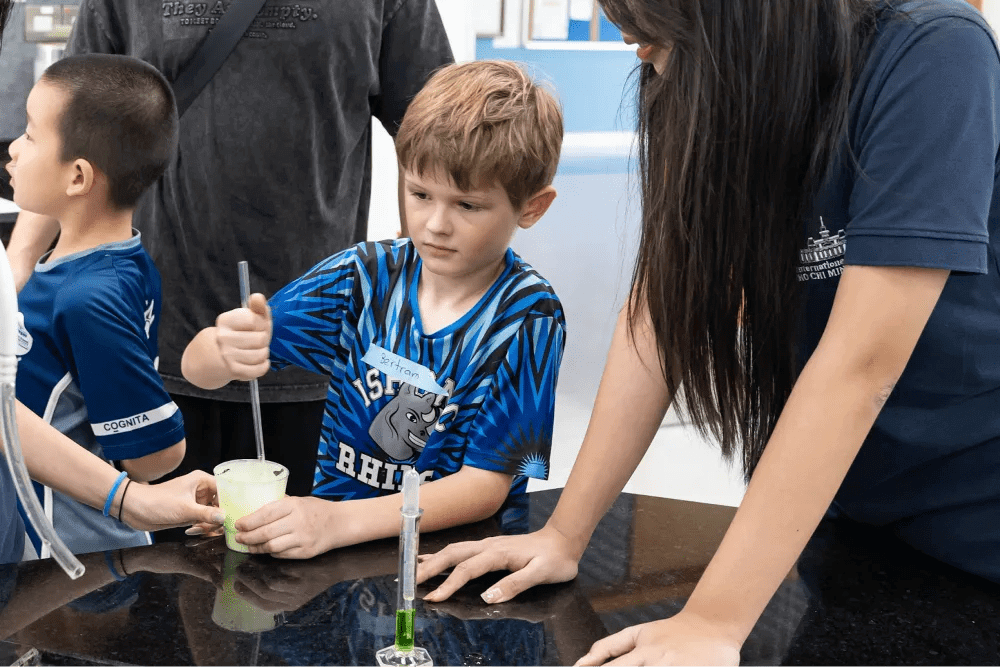
14. Match Numbers with Sticky Notes
Engage children in movement-oriented STEM activities for primary schools using sticky notes and a taped sheet of paper on the wall to reinforce numeric concepts through hands-on exploration.
- Materials: Sticky notes, marker, tape, and a sheet of paper with dots/stars/banana stickers.
- Activity Instructions:
- Step 1: Tape a sheet of paper to the wall and scatter dots or other symbols across it.
- Step 2: Write numbers on sticky notes and scatter them around the room.
- Step 3: Instruct children to find the sticky note numbers that match the grouping on the wall.
- Step 4: Encourage children to stick the matching numbers next to the corresponding symbols.
- Step 5: Start with numbers 1-5 to simplify the activity for beginners.
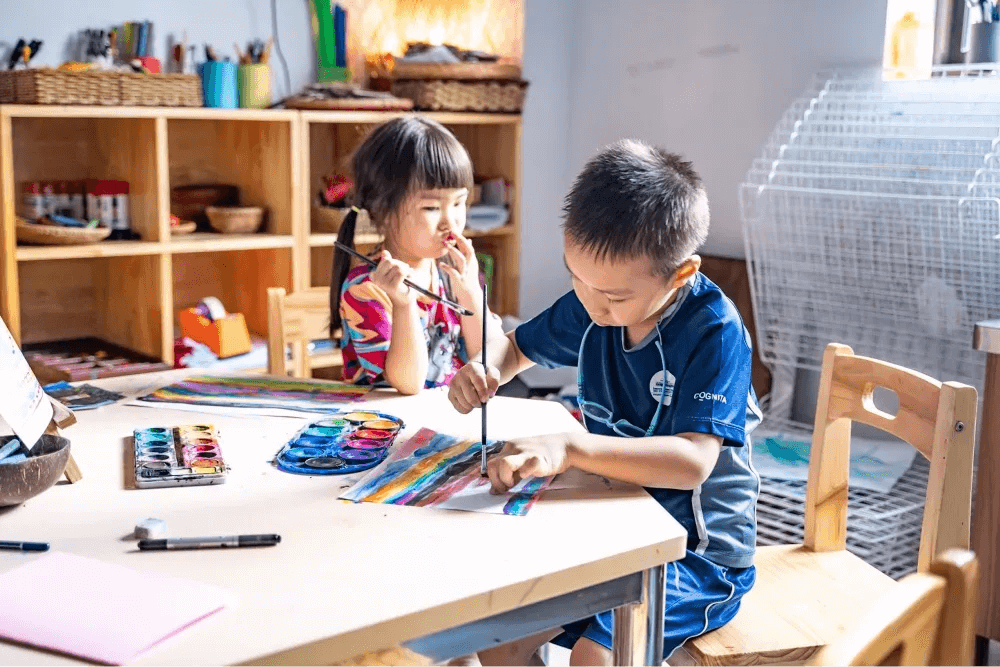
15. Code a LEGO Maze
Introduce coding basics through an interactive LEGO maze activity where children learn sequencing and problem-solving skills.
- Materials: LEGO bricks, printable mazes, and instruction cards.
- Activity Instructions:
- Step 1: Provide printable mazes and instruction cards representing different commands.
- Step 2: Children arrange command cards in sequence to guide a LEGO figure through the maze.
- Step 3: Discuss concepts like commands, sequences, and looping as they apply to coding.
- Step 4: Adapt difficulty levels from elementary to middle school for varying age groups.
- Step 5: Encourage experimentation and exploration of different maze-solving strategies.

16. Build a Hand Crank Winch
Explore basic mechanical engineering principles by constructing a hand crank winch using simple, child-friendly materials.
- Materials: Cardboard paper towel rolls, ribbon or string, crafting tools.
- Activity Instructions:
- Step 1: Cut cardboard rolls to create a spool for winding ribbons or strings.
- Step 2: Attach a handle to one end of the spool to act as a crank.
- Step 3: Secure the assembly to a sturdy base for stability.
- Step 4: Discuss the function of pulleys and their mechanical advantage in lifting objects.
- Step 5: Guide children through assembly steps to build their functional winch.
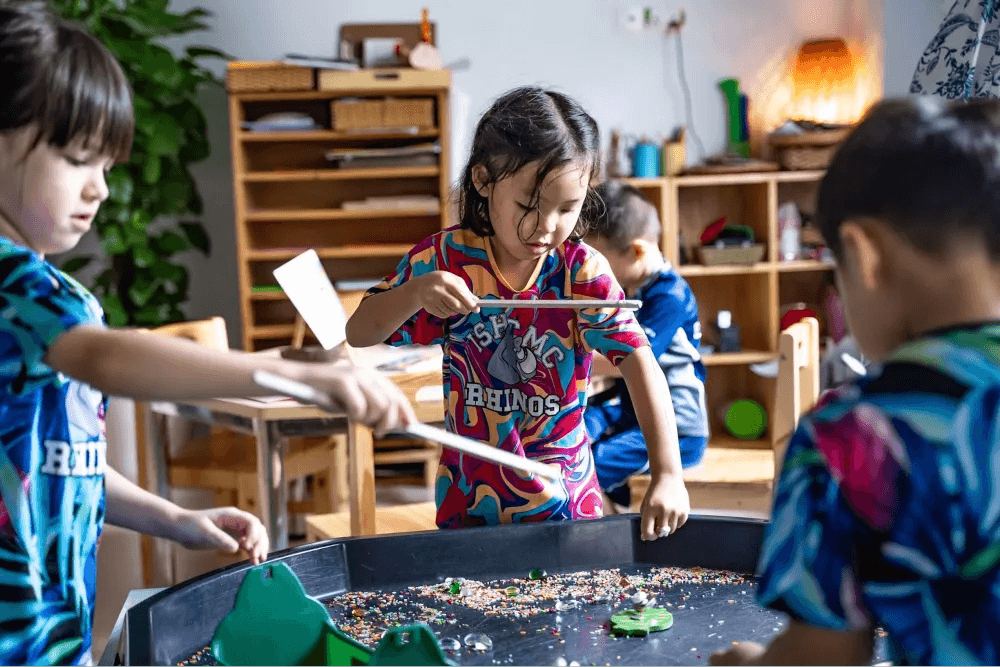
17. Make Magnetic Slime
Enhance a classic slime activity with a scientific twist by incorporating magnets and exploring magnetic properties.
- Materials: Glue, liquid starch, iron oxide powder, neodymium magnets.
- Activity Instructions:
- Step 1: Mix glue and iron oxide powder to create a magnetic slime base.
- Step 2: Gradually add liquid starch until the desired slime consistency is achieved.
- Step 3: Use neodymium magnets to manipulate the magnetic slime.
- Step 4: Discuss magnetic fields and attraction while playing with the slime.
- Step 5: Explore how magnetism affects the behavior of materials and objects.
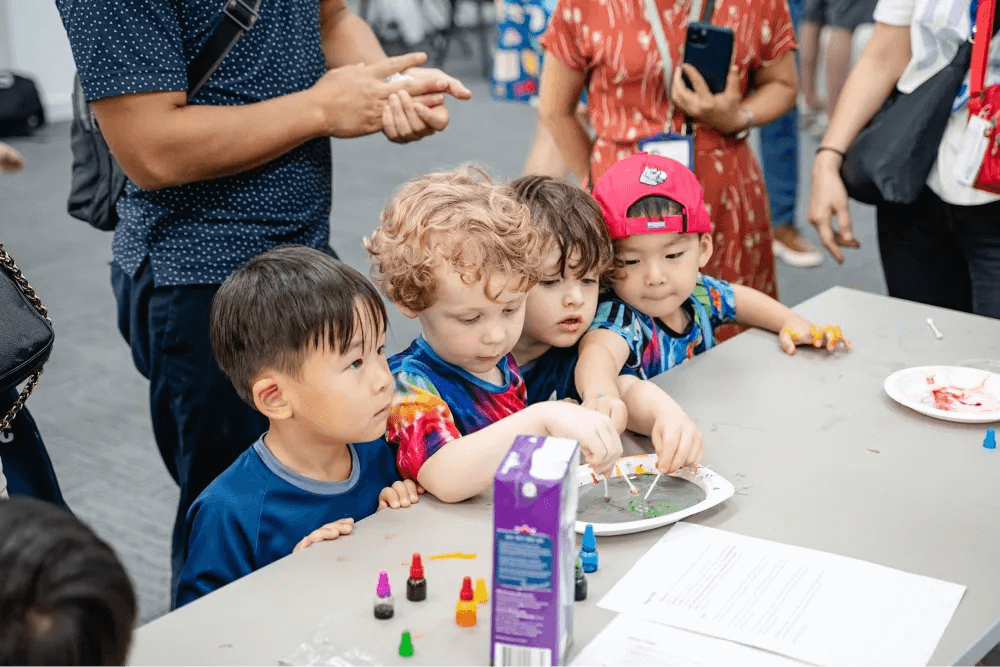
18. Use Jellybeans and Toothpicks
Promote creative exploration of structural engineering by building sturdy structures using jellybeans and toothpicks.
- Materials: Jellybeans (or large marshmallows), toothpicks.
- Activity Instructions:
- Step 1: Demonstrate how toothpicks can be inserted into jellybeans to form connections.
- Step 2: Challenge children to build structures like houses or towers.
- Step 3: Discuss different shapes’ stability, symmetry, and load-bearing capabilities.
- Step 4: Encourage experimentation with various architectural designs.
- Step 5: Foster critical thinking by asking children to justify their design choices.
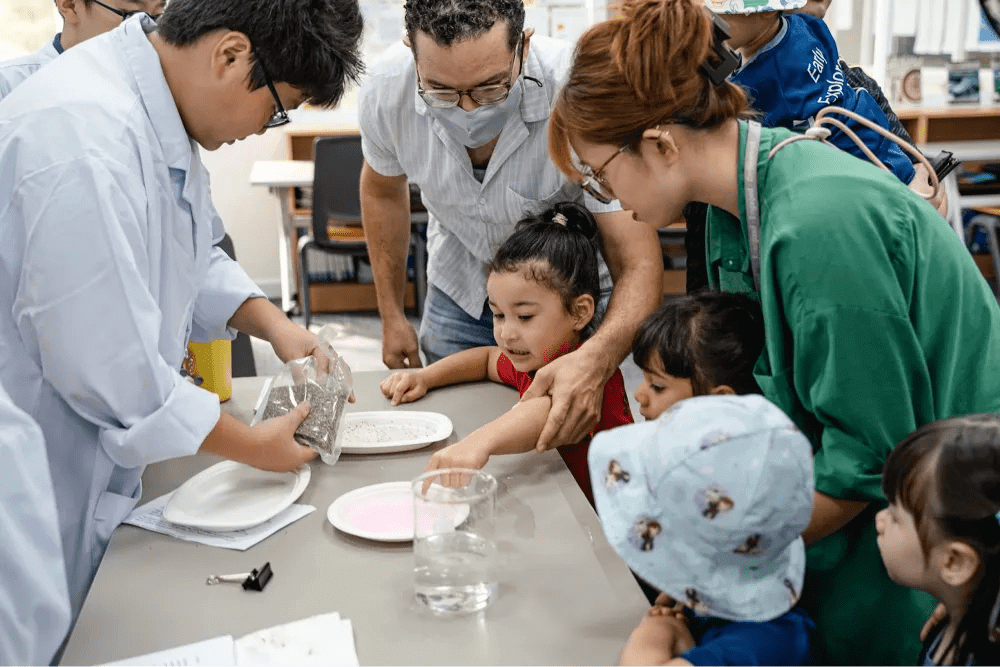
19. Count with Pipe Cleaners and Beads
Facilitate counting practice and numerical understanding using pipe cleaners and beads for tactile learning.
- Materials: Pipe cleaners, beads, small pieces of paper with numbers.
- Activity Instructions:
- Step 1: Label each pipe cleaner with a number using small pieces of paper.
- Step 2: Have children arrange pipe cleaners in ascending order based on numbers.
- Step 3: String beads onto each pipe cleaner to match the labeled number.
- Step 4: Count aloud while stringing beads to reinforce the numerical sequence.
- Step 5: Discuss increasing numbers and visualize quantities through beads.

20. Create Stop-Motion Animation Videos
Encourage creativity and technology exploration by guiding children to create stop-motion animation using simple tools and materials.
- Materials: Objects for animation, smartphone or iPad®, stop-motion app.
- Activity Instructions:
- Step 1: Select objects or figures to animate and prepare a storyboard.
- Step 2: Position objects and capture frames using a stop-motion app.
- Step 3: Experiment with movement and timing to create fluid animation sequences.
- Step 4: Discuss the principles of animation and storytelling through visuals.
- Step 5: Edit and enhance the video with basic effects and transitions.
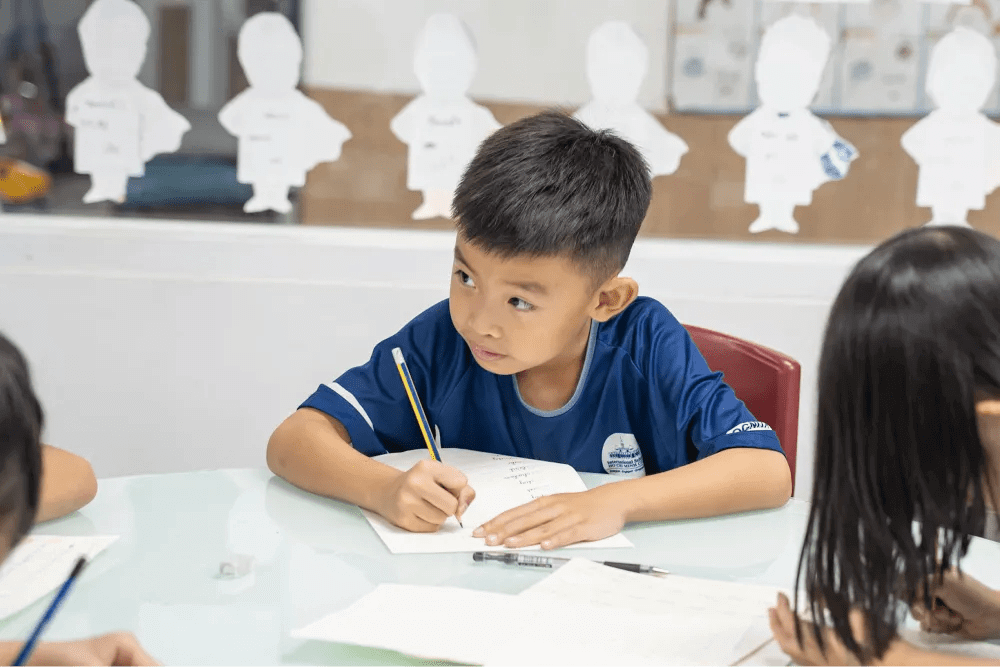
Explore STEM Activities While Having Fun with ISHCMC!
At ISHCMC, our Primary Years Programme (Grade 1 – Grade 5) is committed to nurturing academically prepared and empowered students to impact the world positively. Through the IB Primary Years Programme (PYP), we emphasize inquiry-based learning and integrate STEM activities into our curriculum. Students are encouraged to ask questions, explore diverse topics, and assess their understanding, fostering a deep-rooted curiosity about the world and its workings.
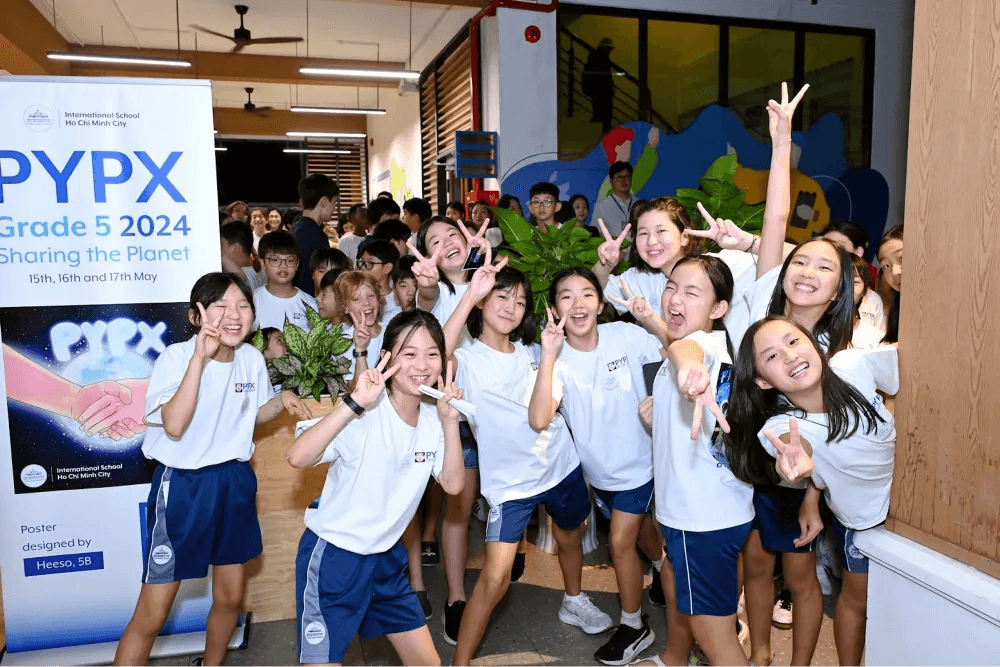 Join ISHCMC to immerse your child in a learning environment where STEM activities for primary schools are educational and enjoyable. From exploring scientific principles to engaging in hands-on technological experiments, our school offers dynamic opportunities that inspire creativity and problem-solving.
Join ISHCMC to immerse your child in a learning environment where STEM activities for primary schools are educational and enjoyable. From exploring scientific principles to engaging in hands-on technological experiments, our school offers dynamic opportunities that inspire creativity and problem-solving.
Apply to ISHCMC now and provide your child with the foundation to thrive academically and personally, preparing them for a future filled with possibilities!






